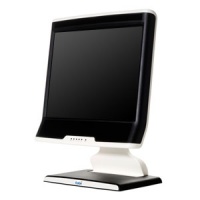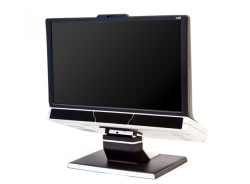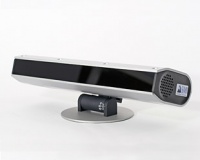Difference between revisions of "Eyetrackers"
Jump to navigation
Jump to search
Wiki-admin (talk | contribs) |
Wiki-admin (talk | contribs) (Added Tobii TX 300 usage guide (by Hubert)) |
||
| Line 57: | Line 57: | ||
== Documentation == | == Documentation == | ||
| + | *[[Media:Tobii TX 300.pdf|How to use a Tobii TX 300 eyetracker]] | ||
| + | |||
*[[Media:Getting_a_Tobii_Eye_Tracker_to_Work.pdf|Getting Started Guide]] | *[[Media:Getting_a_Tobii_Eye_Tracker_to_Work.pdf|Getting Started Guide]] | ||
Revision as of 17:41, 12 November 2014
EyeLink
Tobii
Tobii T60

|
The Tobii T60 and T120 Eye Trackers are integrated into a 17" TFT monitor. They are ideal for all forms of eye tracking studies using screen based stimuli.
Specifications
| Tobii T60 Eye Tracker | Tobii T120 Eye Tracker1 | |
|---|---|---|
| Accuracy (degrees) | 0.5 | 0.5 |
| Drift (degrees) | < 0.3 | < 0.3 |
| Freedom of Head Movement (cm) | 44 * 22 * 30 | 30 * 22 * 30 |
| Data Rate (Hz) | 60 | 120 |
| Binocular Tracking | Yes | Yes |
| Display Size (inch) | 17 | 17 |
| Display Resolution (px) | 1280 * 1024 | 1280 * 1024 |
| Bright/Dark Pupil Tracking | Both - automatic optimization | Both - automatic optimization |
| Eye Tracking Server | Embedded | Embedded |
| User Camera | Built-in | Built-in |
| Audio | Built-in Speakers | Built-in Speakers |
1The Tobii T120 Eye Tracker can also run in T60 mode with full head movement box
Tobii TX300

|
Specifications
Documentation
SMI iview

|